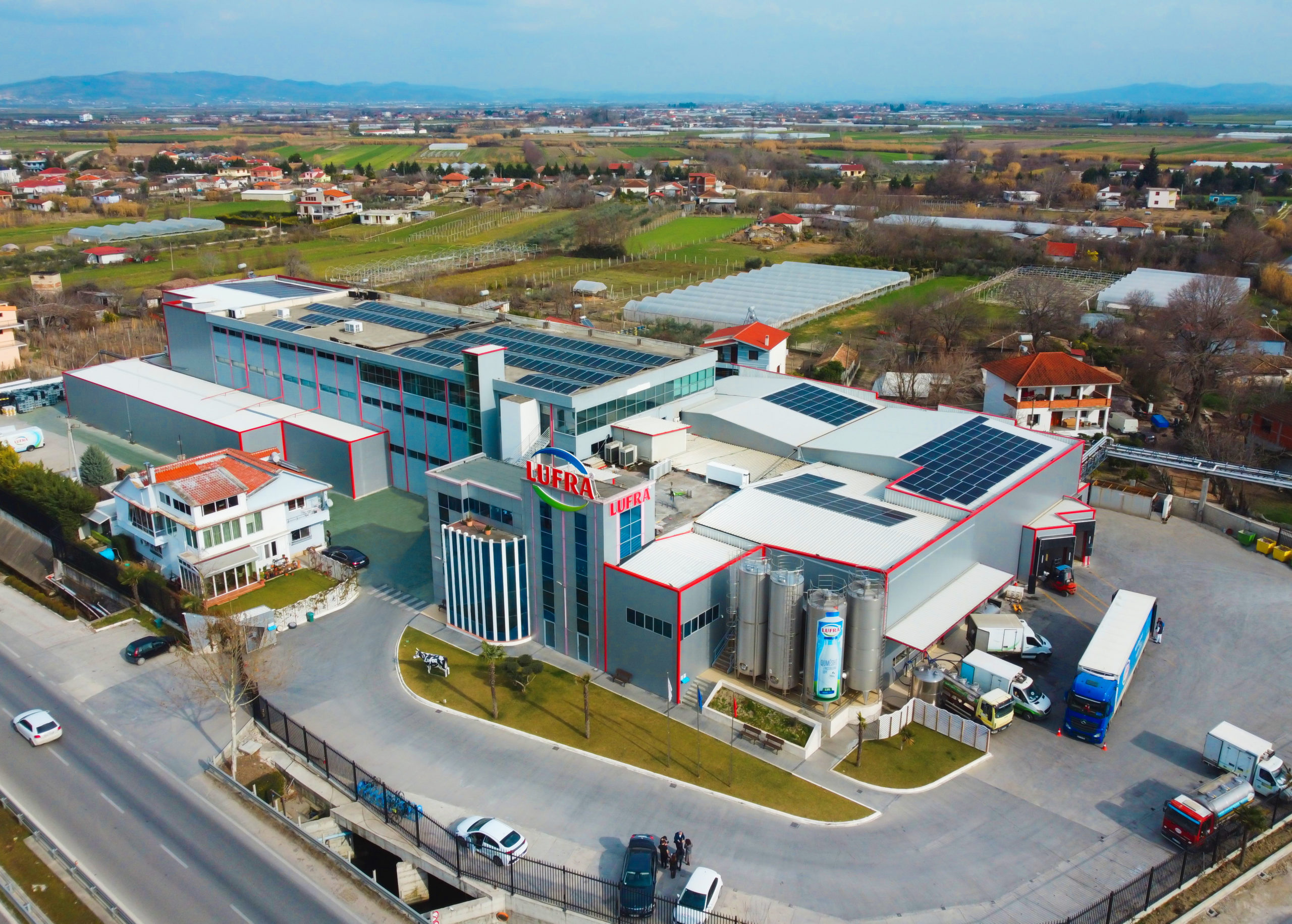Talking to Dr. Gian Marco Felice, Member of ProCredit Holding Management Board and responsible among others for sustainability, about climate change and ProCredit’s role as a sustainable bank.
3 Questions & Answers
1. Gian Marco, many people still see climate change as a distant problem, but they’re starting to feel its effects through things like heatwaves and droughts. What can ProCredit do to help overcome this challenge?
First of all, ProCredit can begin by setting a good example. As is often the case, to have a positive impact externally, one must first focus on internal improvement. Demonstrate consistency and coherence with your ideas.
ProCredit began implementing an internal environmental management system several years ago to reduce its carbon footprint (Scope 1 and 2 emissions) and other externalities, such as our use of plastic. The company also transparently discloses its results to the public.
Having addressed our own environmental impact, we are ready to help our customers clean up their act. To do this, we promote green investments like renewable energy, energy efficiency, and sustainable agriculture. These investments not only reduce their ecological footprint but can also drive new industries and businesses. In South Eastern and Eastern Europe, they also demonstrate that transformation is possible.
It is crucial to view the climate crisis as an opportunity, not just a problem.
2. Unfortunately, many industries are not achieving the speed that we need in order to transform economies. What can banks do?
At the current trends, we are far from being able to limit temperature rises to 1.5 degrees Celsius, as per the Paris Agreement. Scientific data shows that we are more likely going to surpass 2 degrees and go as high as 2.5 above pre-industrial levels, maybe even 3 degrees, in some scenarios. That is, unless we speed up the energy transformation, and that is what we intend to do at ProCredit: not to despair, but to persevere. We committed to a net-zero path to carbon neutrality by 2050, based on the scientific targets.
The banking industry is at the very beginning of this journey. There are many uncertainties, many questions that need to be answered along the way, but the only way to get to a destination even with all the uncertainties is to start walking in the right direction and to do so with conviction.

3. So how do you envision the sustainable banking industry in the future and what steps must be taken now to realise this vision?
On the environmental front, the name of the game is “net-zero”. For Scope 1 and Scope 2, most of the large banking groups have adopted, like us, an internal methodology to decrease their own emissions. And smaller institutions will eventually catch up. But the elephant in the room here is the so-called Scope 3 emissions. They are the greenhouse gas emissions generated by our customers and indirectly linked to our lending activities. They constitute the largest part of the total emissions which can be attributed to financial institutions, and they are the hardest one to tackle.
There are different strategies being taken by financial institutions to reduce Scope 3 emissions. Most banks start from the largest companies in their loan book which operate in the most polluting sector. So, for instance, what you read out there is a commitment to deleverage from the oil and gas industry over the longer time horizon.
ProCredit never had a material exposure to the oil and gas sector. We do have a different type of challenge: we deal mainly with Micro, Small and Medium Enterprises (MSME). MSME companies do not usually have the resources and the regulatory pressure to really address this problem head-on like, for instance, large corporates.
The work of decarbonising the MSME sector is quite labour-intensive, and it will require us to engage with 25,000 to 30,000 clients in the next 15 years. After having a good, solid assessment of their carbon footprint, which is in itself not a straight-forward exercise, we need and want to accompany their journey towards net-zero. Here is where the biggest opportunities – for us, as a bank, for the client and for the planet overall – lie.
Green investments can be good for the planet and the financial performance of our clients, but they will need capital and know-how to be deployed at scale. We are determined to meet the challenge. After all, our future literally depends on it.